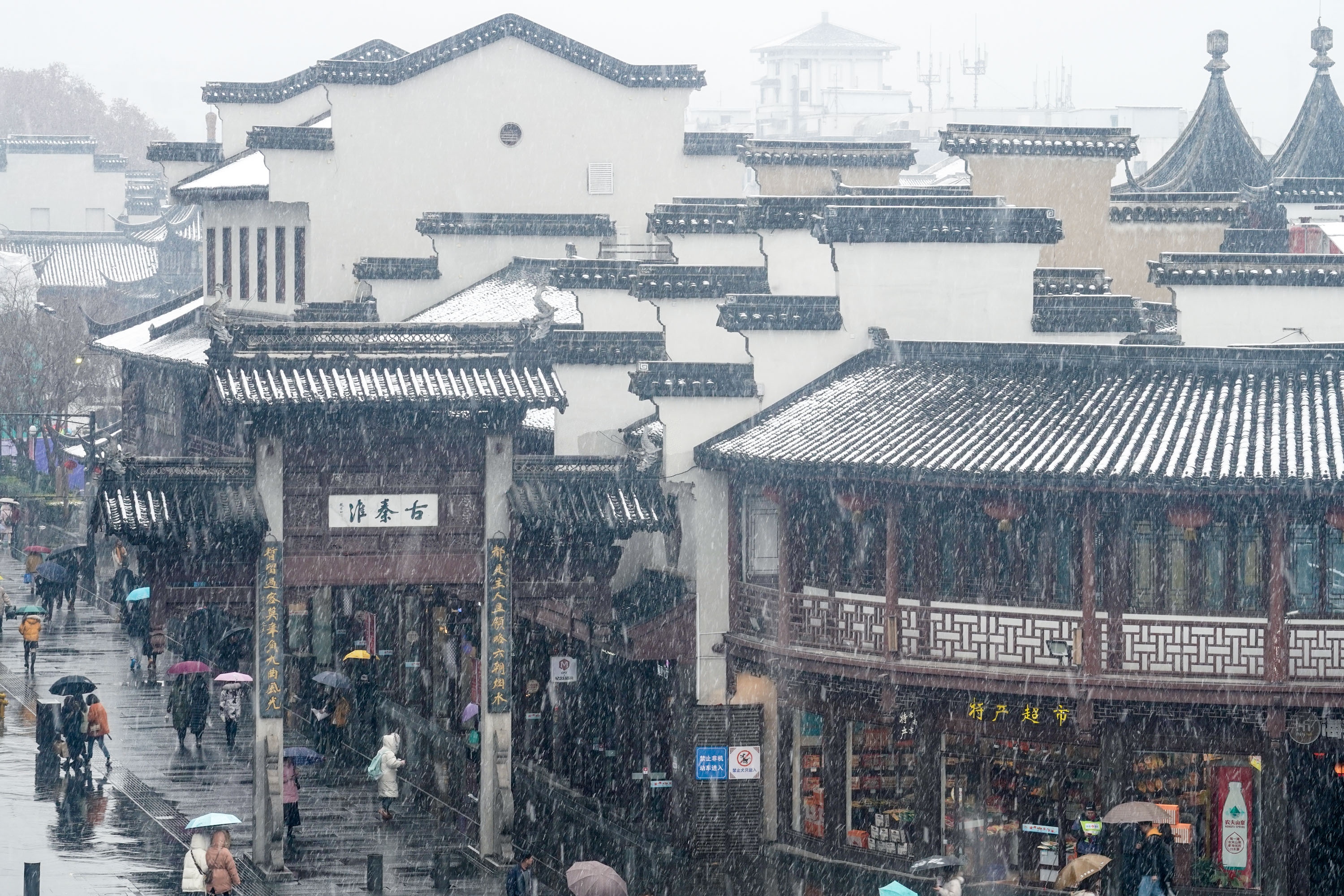Top 10 metropolitan areas for migrants in China
- By Wang Yiming
 0 Comment(s)
0 Comment(s) Print
Print E-mail China.org.cn, January 21, 2020
E-mail China.org.cn, January 21, 2020
Editor's notes: Economic development and rapid urbanization have spurred massive migration in China, with almost 60 percent of the total population now living in urban areas. Besides those who have moved to the city from the countryside in search of work, others have moved to other cities across China for better opportunities or work-life balance.
A recent report, jointly issued by the Industry Research Institute under the China Fortune Land Development Co, Ltd (CFLD) and big data technology provider Smart Steps, ranked the attractiveness of metropolitan areas for "new migrants" based on 30 indicators. It defines six types of "new migrants" as rural-urban migrants, rural migrant workers returning to their hometowns, university graduates, entrepreneurs, senior citizens retiring to different places, and international migrants. Meanwhile, the report examined included economic conditions, job opportunities, income, public services and infrastructure, and entertainment.
Here are the top 10 metropolitan areas according to the report. (As most metropolitan areas are anchored by one major city, the core city has been used to represent the area.)
10. Nanjing

Population: 8.4 million
Area: 6,587 square kilometers
Nanjing, the capital of Jiangsu province, is filled with cultural and historical sites, has a booming economy and is home to numerous higher education institutes.
The city boasts ancient towering pagodas, Song Dynasty temples and a 600-year-old Ming Dynasty city wall. With a friendly atmosphere for migrants, it is an inclusive and international city that offers a modern life.
The city's GDP of 1.3 trillion yuan in 2018 means it is economically thriving, but it offers a different pace of life from Beijing or Shanghai. Numerous job opportunities, decent salaries, affordable living costs and excellent public services are drawing migrants here.
Go to Forum >>0 Comment(s)
f4410dc3-07e3-4728-9ff4-7888cce5d51f.jpg)





